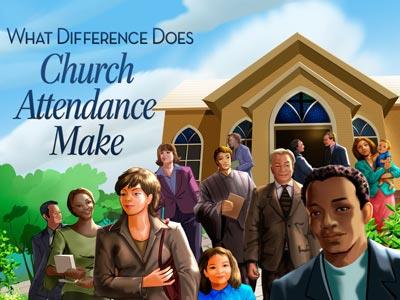-
A Messiah Of Compassion Series
Contributed by Mark Schaeufele on Nov 28, 2017 (message contributor)
Summary: We need to begin to view people through Jesus' eyes.
A Messiah of Compassion
Text: Matt. 9:35-38
Introduction
1. Illustration: "Compassion is the sometimes fatal capacity for feeling what it is like to live inside somebody else’s skin. It is the knowledge that there can never really be any peace and joy for me until there is peace and joy finally for you too" (Frederick Buechner, Wishful Thinking, Harper and Row Publishers, New York, 1973).
2. There has never been a more compassionate human being to walk this earth than Jesus Christ.
3. As his disciples we are called to show his compassion to others by:
a. How we respond to their needs
b. How we view people
c. How we show love to people
4. Read Matthew 9:35-38
Proposition: We need to begin to view people through Jesus' eyes.
Transition: One of the ways we do that is by...
I. How We Respond to People's Needs (35).
A. Towns and Villages
1. One of the first things that we notice about Jesus compassion is that it caused him to seek out people in need.
2. Matthew tells us that "Jesus traveled through all the towns and villages of that area..."
a. We learn from the Jewish historian Josephus that at this time there were some two hundred cities and villages in the region of Galilee, an area about 40 miles wide and 70 miles long (MacArthur New Testament Commentary, 8-15).
b. Now that is a lot of towns and villages, but Matthew tells us that Jesus hit every single one of them. Notice the words "all the towns and villages."
c. He not only went to the big cities, but he went also to all the little towns and villages.
d. "He did not wait for the sick to come to him. He himself hurried to them...not overlooking the slightest village (Chrysostom, Ancient Christian Commentary: Ia Matthew, 190).
3. When he got there, Matthew tells us that Jesus began, "teaching in the synagogues and announcing the Good News about the Kingdom."
a. Teaching was something very important in the ancient synagogue.
b. After prayer was given in the synagogue service, a designated reader would stand up and read from the law of Moses, the first five books of the Bible.
c. The passage was read in Hebrew and then translated into Aramaic, the common speech of Palestinian Jews .
d. That would be followed by the reading, translation, and exposition of a passage from one of the prophets.
e. The Jewish scholar Philo, who lived in Alexandria during the time of Christ, wrote, "Synagogues are mainly for the detailed reading and exposition of Scripture."
f. The practice of reading and expounding Scripture therefore began as early as the time of Nehemiah and remains the soundest way to preach and teach God's Word.
g. The Master of such exposition was Jesus (MacArthur New Testament Commentary – Matthew 8-15).
h. As he did so, he announced the Good News about the Kingdom.
i. That word announced means "to herald a message, to make a public announcement for everyone to hear."
4. Furthermore, Jesus "healed every kind of disease and illness."
a. Teaching and healing go hand in hand with Jesus.
b. His teaching...inspired faith, and so he was able to heal all their diseases and illnesses (Horton, 183).
c. Not only was Jesus teaching the people in need, but he was also teaching his own disciples.
d. Notice that the phrase "healed every kind of disease and illness" is repeated verbatim in Matt. 10:1, where Jesus is giving instructions to his disciples as he is sending them out (France, NICNT: Matthew, 372).
e. However, the point we all need to see here is that when Jesus saw a need he did something about it!
B. Compassion Creates Action
1. Illustration: Finding his newly-appointed pastor standing at his study window in the church weeping as he looked over the inner city’s tragic conditions, a layman sought to console him: "Don’t worry. After you’ve been here a while, you’ll get used to it." The minister responded, "Yes, I know. That’s why I am crying."
2. Showing the compassion of Jesus means looking for needs.
a. Luke 14:21 (NLT)
“‘Go quickly into the streets and alleys of the town and invite the poor, the crippled, the blind, and the lame.’"
b. It's not enough to let the needs come to you.
c. It's not enough to meet the needs as they arise.
d. We have to go out and find them!
3. Showing the compassion of Jesus means more than feeling sorry for them.
a. James 2:15-16 (NLT)
15 Suppose you see a brother or sister who has no food or clothing,
16 and you say, “Good-bye and have a good day; stay warm and eat well”—but then you don’t give that person any food or clothing. What good does that do?

 Sermon Central
Sermon Central



